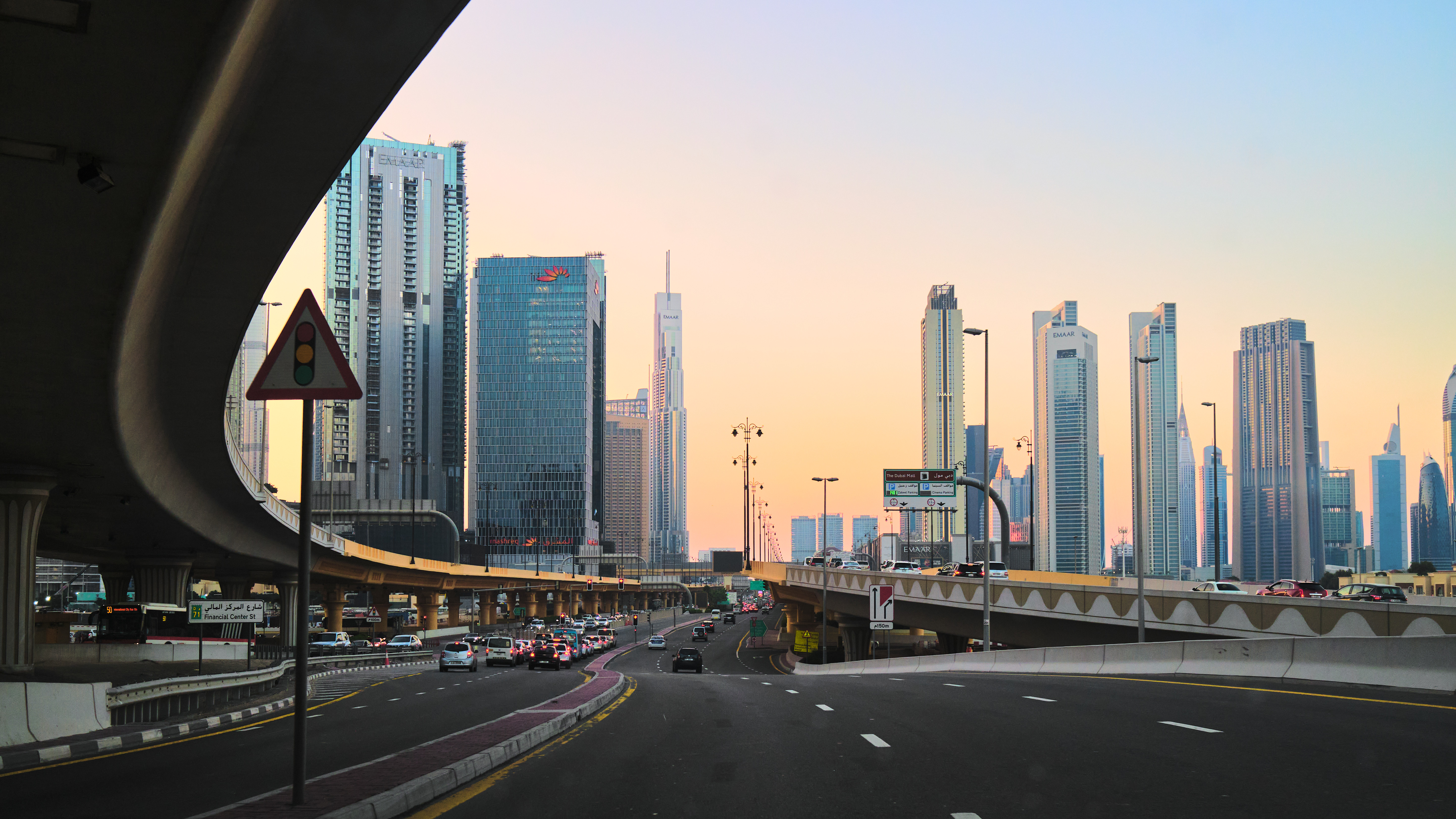A few months ago, I reviewed the Fujifilm X-E4 and mentioned that I got that camera because
For years, I’ve been searching for something that’s compact, elegant and competent – a “Vanity Camera”, as I call it. After much deliberation, I settled on getting the world’s prettiest camera, a Fujifilm x100v. Except, as of this writing, I couldn’t find a new body in three different countries that I looked.
Well, it turned out that my brother managed to find an X100V and was gracious enough to swap it for my X-E4 kit. This is my very personal, highly subjective review/opinion piece on this camera.
Fujifilm X100V

Handling
The X100V is lovely to look at and begs picking up to shoot. The camera powers on quickly, with the built-in lens seemingly popping into shooting position with a slight crackle, although the movement is entirely internal, unlike the XF 27mm f/2.8 R WR. The camera is surprisingly fast to operate, especially once you get the hang of the sparse controls. I never found myself having to wait for the camera, and I enjoyed being able to use the dials to prep the camera for an upcoming situation even before switching it on.
The optical part of the hybrid viewfinder is well implemented. The EVF part, while not the best in business, is fairly adequate for its purpose. The shutter speed dial has a clutch mechanism that allows it to be slightly lifted to adjust the ISO, which is visible through a window in the speed dial. It’s a very nice control scheme implementation, I must say. There’s a dial up front that can be made to fine tune shutter speed, aperture or ISO, around the values set on the dials. The EVF/OVF toggle switch can be long-pulled to toggle the 3-stop ND filter on and off.
Most of the other operations are similar to the X-E4, which I’ve reviewed previously.
The only downside in this department is the grip. The camera is farily thick and a bit too heavy to hold single handed. The lack of a decent grip made my right hand hurt within half an hour of carrying the camera.
Dubai Streets

Lens
Since the day I became aware of DSLRs and detachable lenses, I’ve been looking for my all-purpose prime focal length. When I started almost twenty years ago, 50mm was really popular with film photographers but being digital newbies, we hadn’t got the crop-factor memo. I shot with the 50mm – 75mm, effectively – and realised that was too long. So I shot for several years with a 35mm f/2D Nikkor and a 35mm f/1.8G DX Nikkor without realising that it was effectively like 50mm on film cameras, all the while feeling like I needed more width.
24mm on APS-C was my dream prime lens and I hated Nikon for not making a compact 24mm DX, while every other system had one. All this to say that I was very excited to try the 23mm on X100V – my long sought after focal length, now with improved optics!
The 23mm f/2 lens built into the X100V is highly regarded by reviewers. As it turns out, that doesn’t mean it’s a good lens though. Before I elaborate, let me go on a tangent here and recall a bit of history.
15 years ago, I was working in a startup that used natural language processing to quantify opinions about products under certain applicable situations. We used to crawl photography discussion forums and use our technology to arrive at scores like, “Nikon D90 scores 9.1/10 for Landscape Photography”.
According to our algorithms, the Nikon 18-200mm VR DX lens was the best lens in the world. That was a somewhat understandable ranking, all things considered, as it would be a good lens to recommend in general. However, to our puzzlement, it also ranked higher for specific situations like low light, even when there were much better and faster f/2.8 or f/1.8 lenses available.
We had to dig through the raw text that we had crawled to figure this one out. It turned out that people’s opinions are highly relative to the context and expectations. The 18-200 VR lens was not a stellar lens in absolute terms, but it beat expectations from a lens of its kind in pretty much all situations. The more specialised lenses, on the other hand, got a lot more of the hair-splitting criticism.
The 23mm f/2 in the X100V is the 18-200mm of compacts. It’s not really a stellar lens. It lacks micro-contrast and flare resistance. It has unsharp corners. It doesn’t have a spatial rendering (aka 3D look). But, it’s not a bad lens either. If it were a bigger, removable lens, it might be getting some respect. However, being a slim profile fixed lens, it beats expectations and that’s what earns it rave reviews.
As for my long sought-after FoV, 23mm (35mm on full-frame) didn’t inspire me a lot. I had much more fun shooting the XF 18mm f/2 R on X-E4 than this lens on X100V. I’m not certain that it’s entirely down to the FoV, though, because I do enjoy the 40mm f/2 on Z6/7ii (26mm on APS-C). But yeah, I could go wider out to 28mm.
Masjid an-Nabawi: Dome Ceiling

Image Quality
I’ve commented quite a bit on the Fujifilm image quality in my X-E4 review. The X100V is pretty much the same in that department, which is to say it’s pretty disappointing. The X100V has lower discernment of colours and an overall more tonally “flat” presentation compared to Nikon. The following illustration with Fuji Velvia and Nikon Vivid shows the differences. Click through to find a more detailed comparison in the image descriptions.
X100V Velvia

Nikon Z6 Vivid

What I have learned with reasonable certainty now is that Fujifilm systematically under-exposes by 1 stop compared to, say, Nikon. On top of that, Fujifilm’s matrix meter is strongly biased towards highlights. Another way to say it is that the matrix meter is basically a highlight priority meter with a bit more consideration for midtones.
The result is that the raw files I obtained needed to be invariably pushed by 1 to 3 EV to achieve a level of brightness that I’m familiar with. I suspect this is a consequence of Fujifilm’s positioning with film simulations as its raison d’être. The camera would go to great lengths to protect highlights because blown highlights were not a film thing, though crushed shadows were.
This underexposure is combined with under-saturation as well, to produce raw images that are frankly sad to edit in post-processing. Why then does Fujifilm get such high praise for its image quality? Here’s my hypothesis:
Which of these two words comes to your mind first when you think of photographs – “memories”, or “expression”?
If you chose “memories”, you’d like the slightly dreamy, slightly faded, slightly dull look of Fujifilm. If you chose “expression”, you’re probably going to be frustrated with the lack of post-processing pliability of Fujifilm files.
Awani, Levant Restaurant

Conclusion
I really wanted to be able to like the X100V. In the concept, it was everything that I wanted (minus IBIS). I mostly enjoyed shooting with it in the field. It’s the actual photographs from the camera that left a bitter taste in my mouth. Fujifilm cameras, I realise, are not for me.